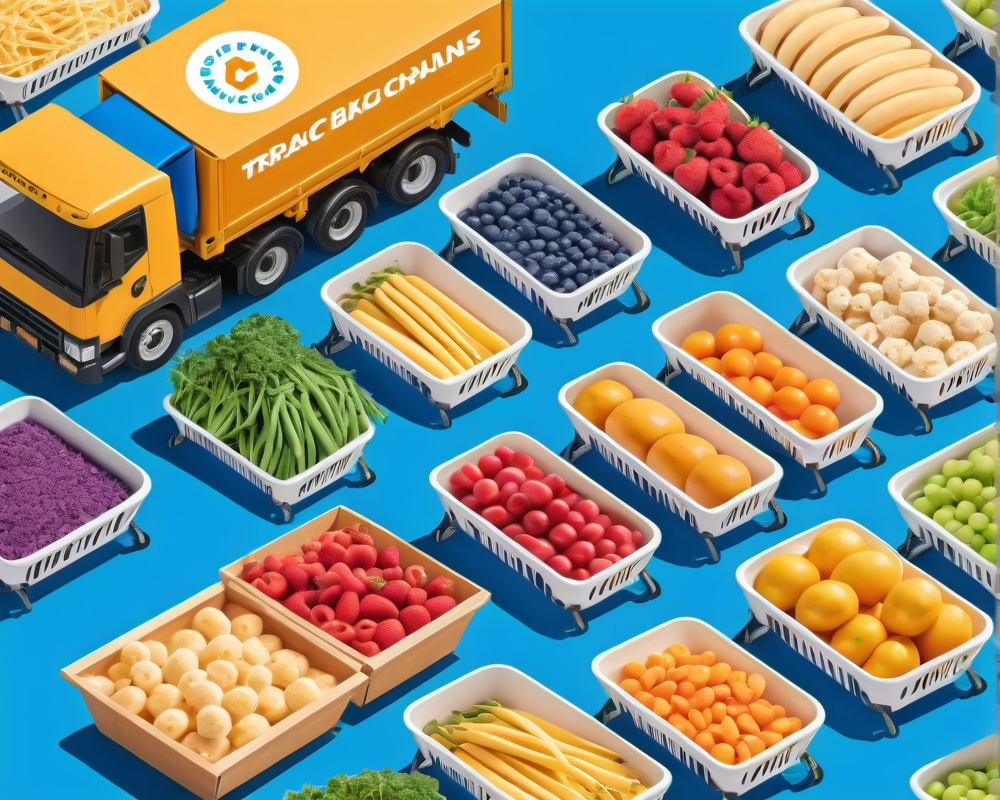Understanding Supply Chain Challenges
Supply chain management, especially in the food and agriculture sector, resembles a game of Jenga — one wrong move and you risk everything toppling over. The challenge lies in not just delivering perishable items but ensuring they are handled with the utmost care and diligence. Incorporating a reliable tracking system can be the difference between a perfectly ripe avocado and a mushy mess.
The Role of Blockchain Technology
With the rise of blockchain technology, businesses are finding new ways to enhance transparency and traceability in supply chain management. Imagine knowing exactly where that organic tomato came from — no more guessing games. By leveraging blockchain, companies not only gain credibility but also cater to a consumer base that values food safety and sustainability.
Best Practices for Implementation
Embarking on the blockchain journey requires strategy and insight; it’s not a one-size-fits-all solution. Here are some tips from industry experts on how to start:
- Clarify Your Goals: Start with a clear understanding of what pain points you want to address. Whether it’s traceability or efficiency, defining objectives helps tailor the solution.
- Keep It Simple: Embrace the “keep it simple, stupid” philosophy. A user-friendly interface goes a long way in adoption and effectiveness.
- Prioritize Transparency: Your blockchain system should offer open access to real-time records. This builds trust and ensures everyone is on the same page.
- Start Small: Pick a specific process to test your blockchain approach. Involving multiple parties from the get-go can enhance collaboration.
Creating an Inclusive Ecosystem
For blockchain to work effectively, everyone from farmers to retailers should be equipped and trained. Just like the game of telephone — if one person gets it wrong, the whole message is lost. Ensuring tech accessibility for every link in the chain is crucial for a transparent system.
Learning from Experience
It’s crucial to recognize that the blockchain isn’t a magic solution. Human errors are the real culprits and education about the technology is key. Moreover, successful projects take time and thorough testing. For instance, lessons from IBM Food Trust emphasize that careful analysis over several years can lead to a robust solution.
Sustaining Traditional Practices
In the end, while embracing this shiny new tech, don’t forget the roots. The digital representation of food must match the real, tangible assets on the ground. Allowing communities to keep their age-old foodways intact is just as critical as any algorithm.




